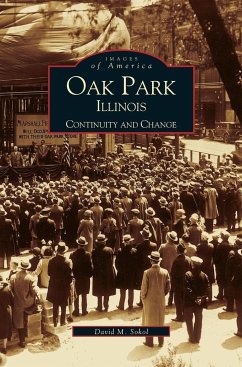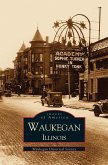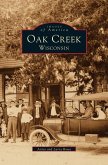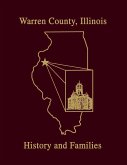Immediately west of Chicago, where the Eisenhower Expressway narrows, sits Oak Park, a village proud of its rich tradition of cultural and social diversity. This birthplace of Ernest Hemingway and Doris Humphrey, the home of Frank Lloyd Wright, Edgar Rice Burroughs, and Percy Julian, is a cultural Mecca in the Midwest, with an internationally recognized reputation for its impressive array of architecture. From Victorian mansions and Neo-classical structures to Prairie School buildings and exciting contemporary architecture, Oak Park is more than just a successful residential suburb of Chicago. While the faces of its most famous citizens are recognizable, it is the creativity of its people and the beauty of its built environment that make this community so unique. In Oak Park, Illinois: Continuity and Change, the author explores the way the Village has continuously adapted to a changing world while maintaining the principles and drive that have always made Oak Park an exciting place to live and visit. As Oak Park awaits its Centennial in 2002, its citizens are facing and welcoming the challenges ahead. Long time Villagers and newer residents alike embrace the opportunities for growth and evolution, within the framework of continuity and change.
Hinweis: Dieser Artikel kann nur an eine deutsche Lieferadresse ausgeliefert werden.
Hinweis: Dieser Artikel kann nur an eine deutsche Lieferadresse ausgeliefert werden.








